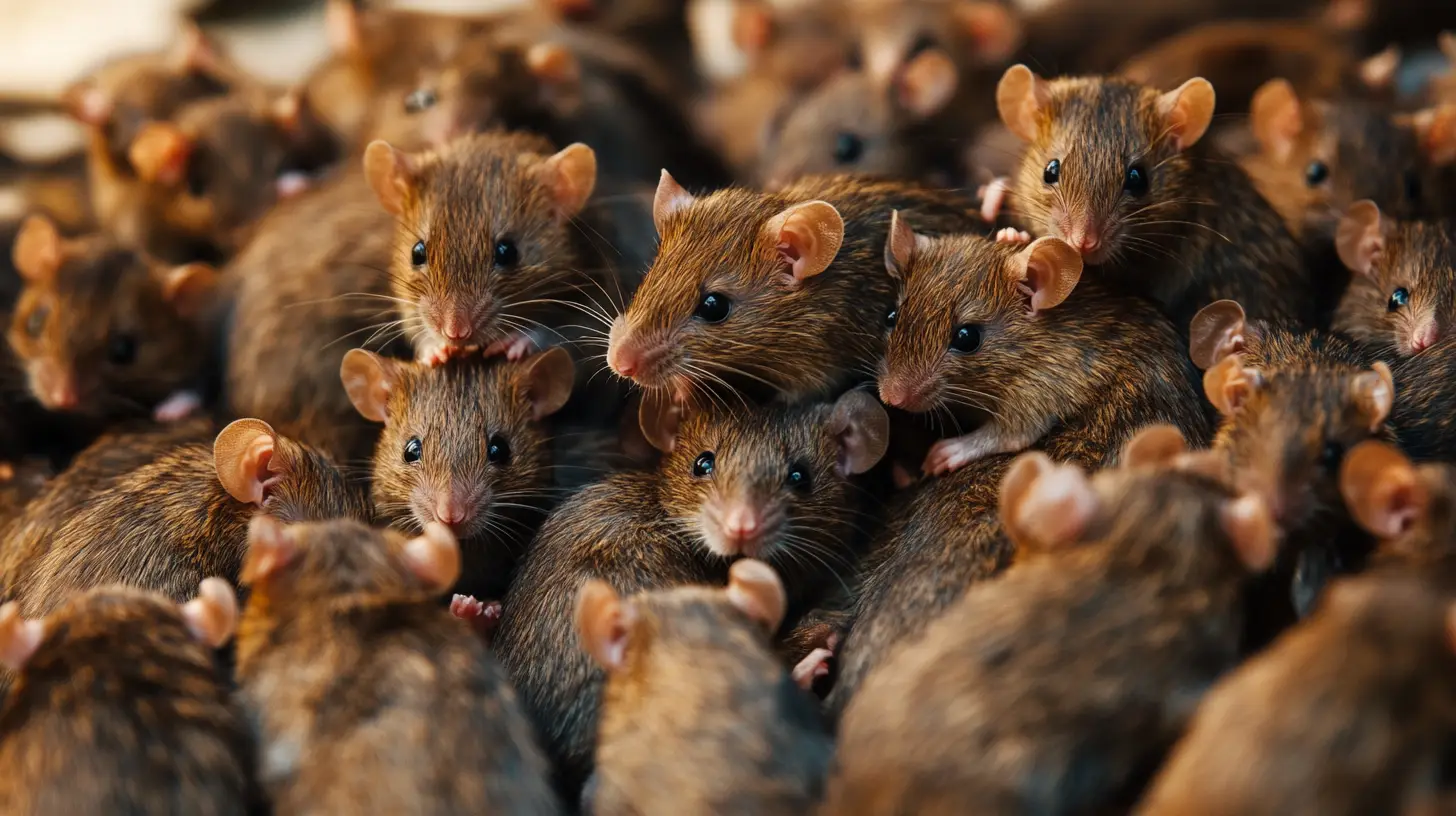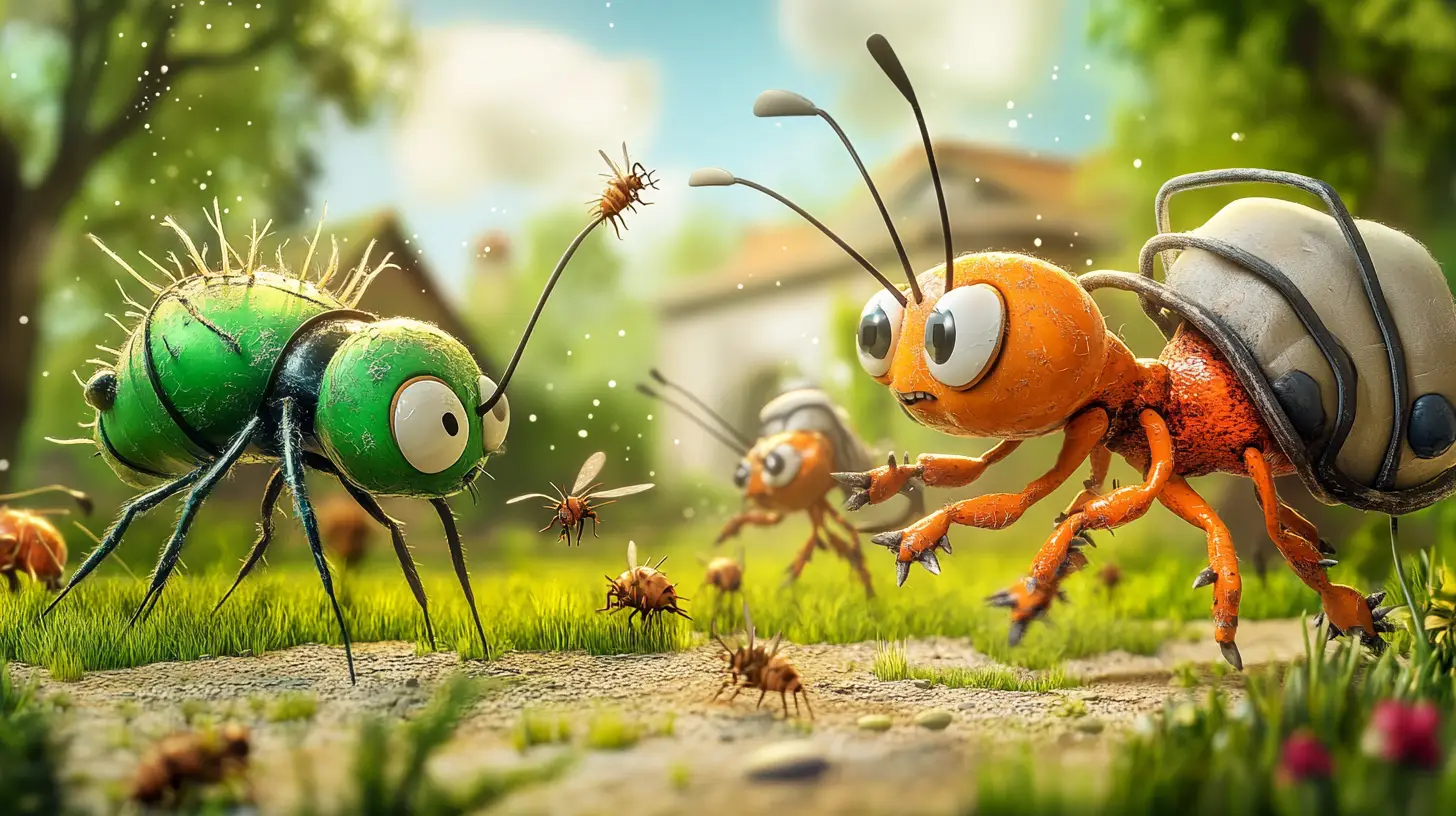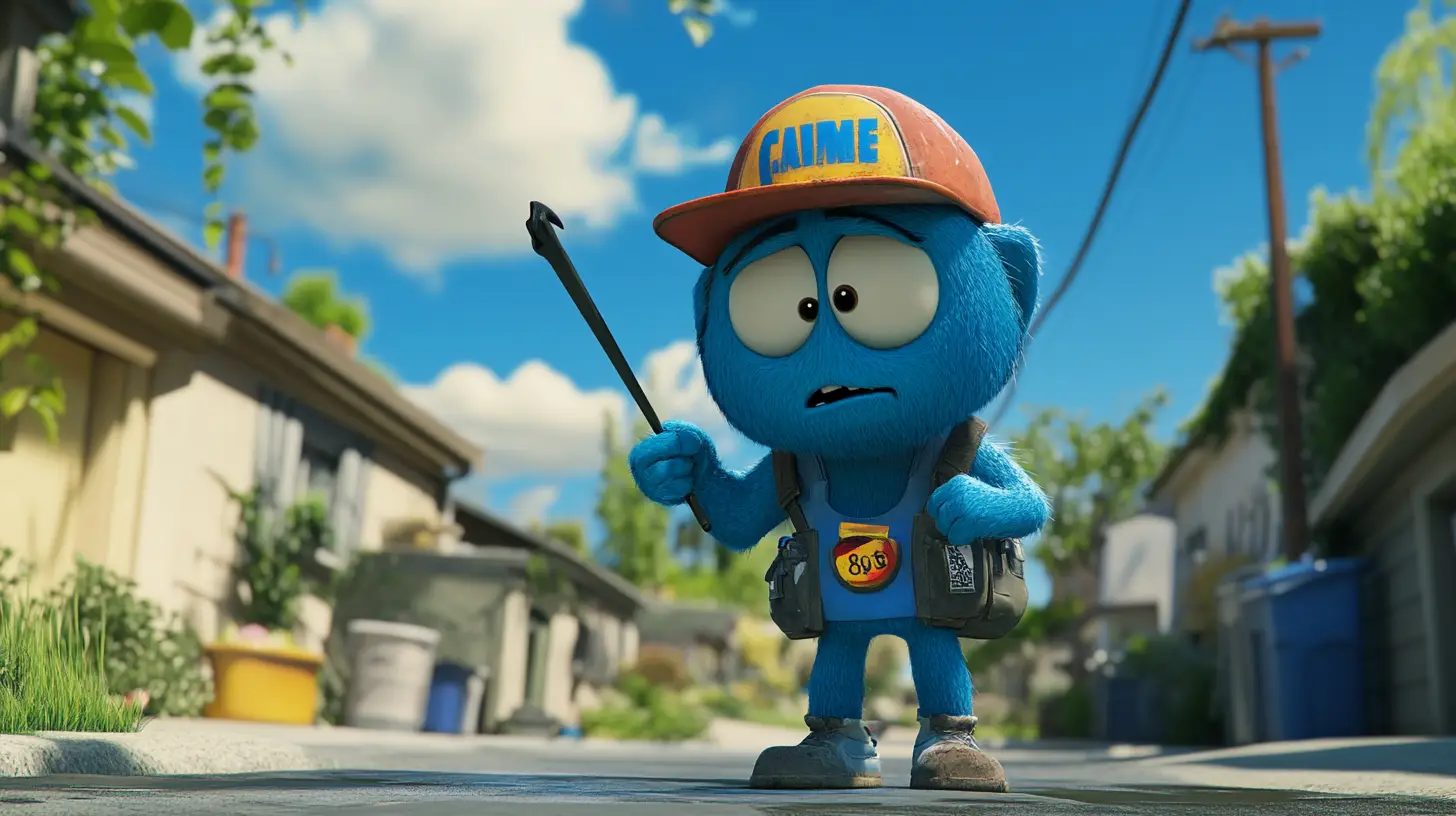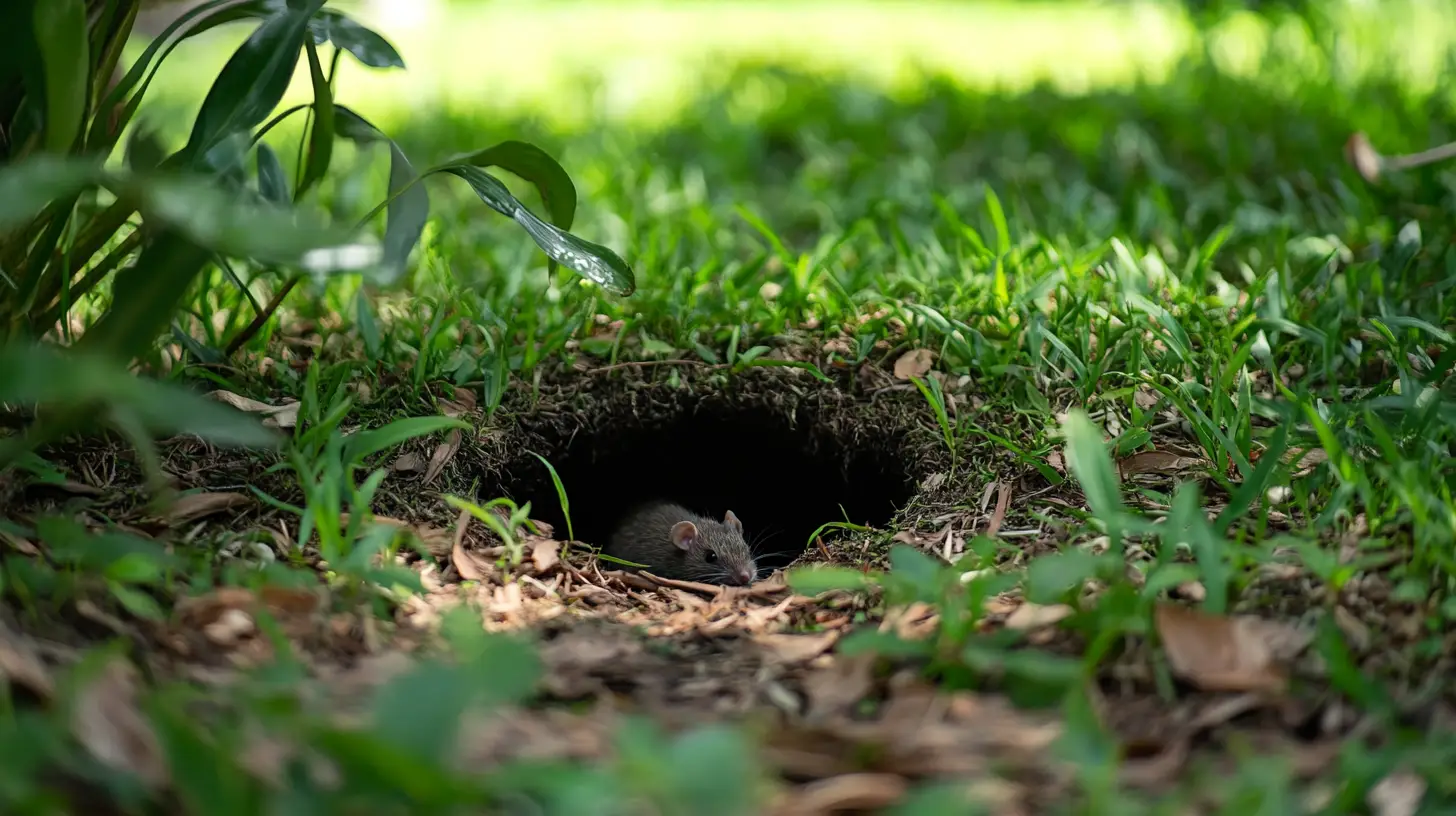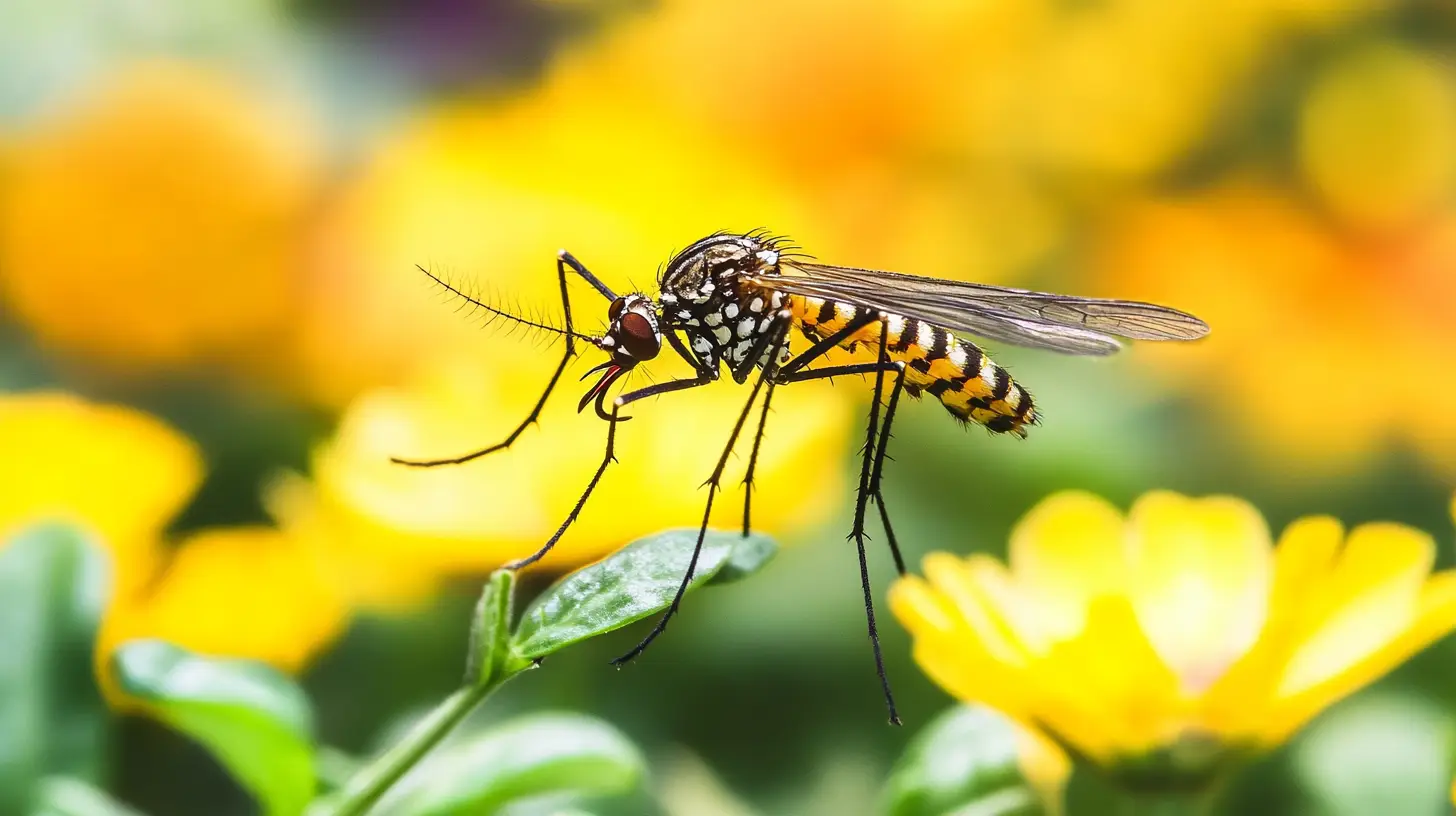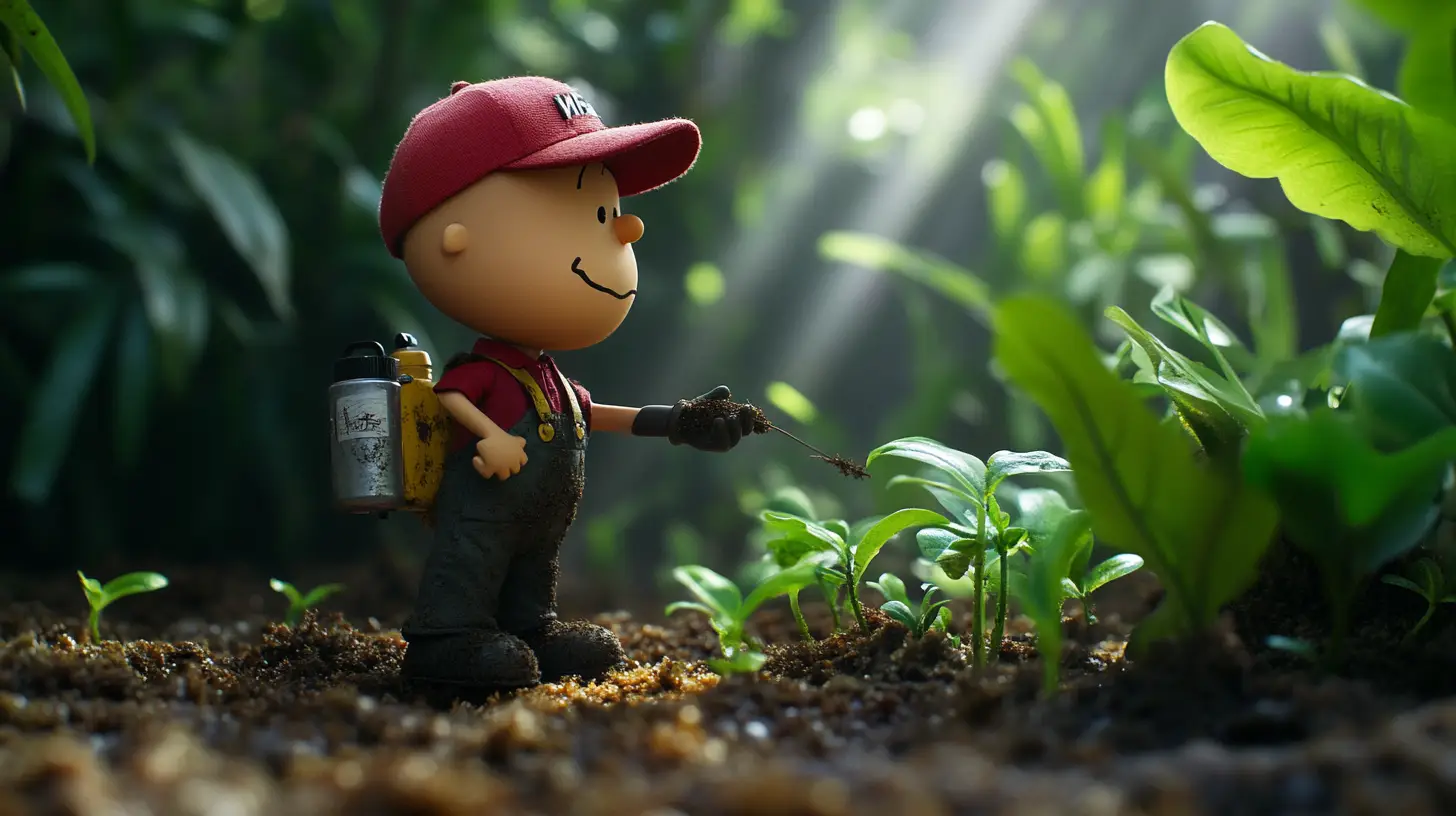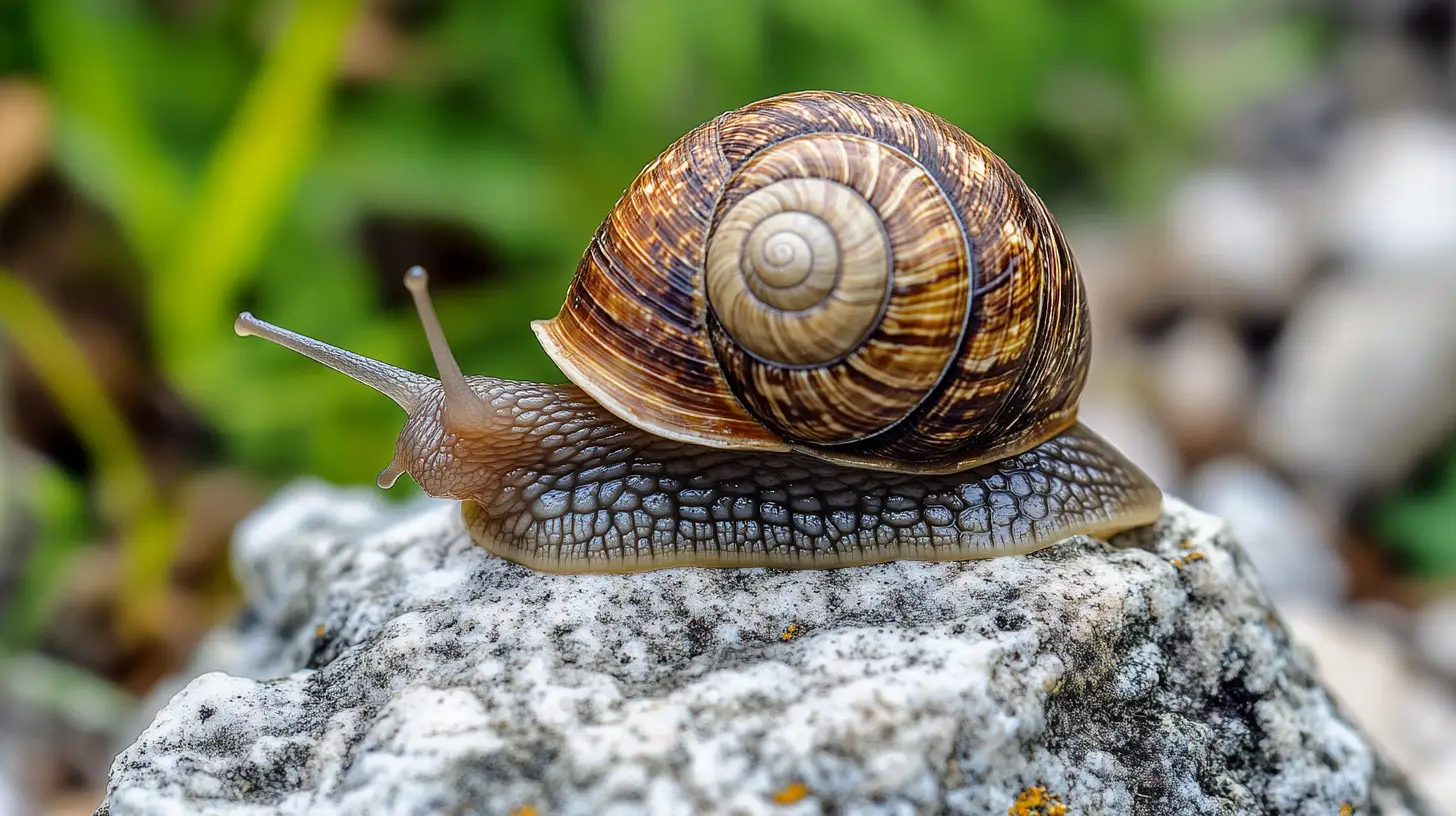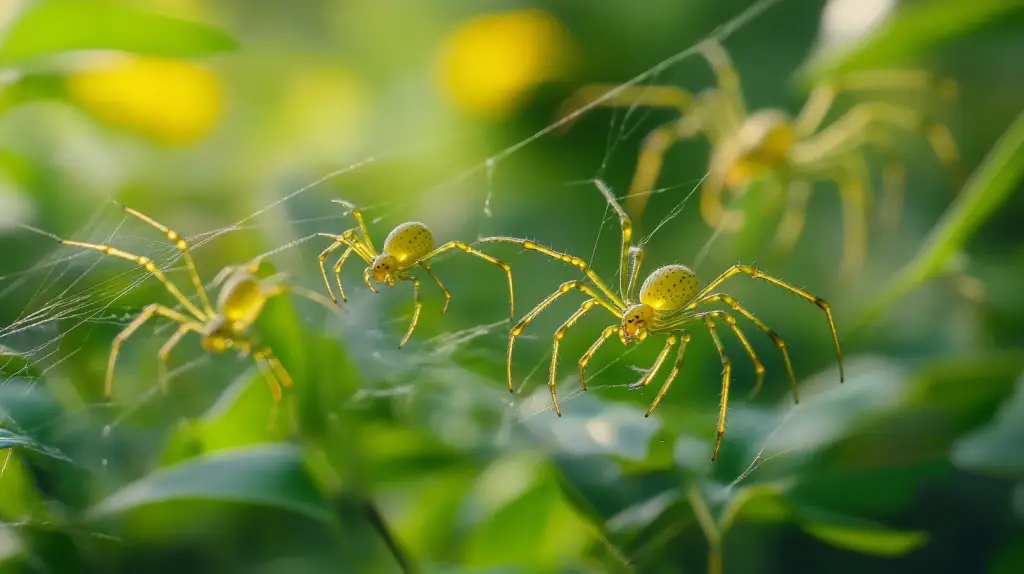
Table of Contents
Ever stumbled upon a spider with long, slender legs and wondered what it was? Chances are, you might’ve encountered a nursery web spider. Unlike many of its web-spinning relatives, this fascinating arachnid doesn’t rely on a catching web to trap its prey. Instead, it uses its fangs and legs to immobilize its victims, making it an active hunter in the world of spiders.
Key Takeaways
- Active Hunters: Unlike most spiders, nursery web spiders do not rely on webs to catch prey; they hunt using their fangs and legs to immobilize their victims.
- Geographic Distribution: These spiders inhabit diverse regions worldwide, from Africa and Oceania to North America and Asia, adapting well to various ecosystems like forests, grasslands, and wetlands.
- Unique Maternal Behavior: Female nursery web spiders carry egg sacs in their mouths and guard the young in nursery webs until they are ready to disperse, showcasing strong maternal instincts.
- Human Benefits and Risks: They help manage pest populations by feeding on insects that damage crops, but they are harmless to humans and rarely bite unless provoked.
- Conservation Status: Nursery web spiders are widespread and not considered at risk, with no special conservation status on various regulatory lists.
Overview of Nursery Web Spiders
Nursery web spiders are a fascinating group known for their unique behaviors and significant role in ecosystems. As skilled hunters and dedicated parents, they exhibit remarkable abilities that set them apart from other spider species.
Physical Description
Nursery web spiders possess bodies similar to other spiders, characterized by a combined head and thorax region called the cephalothorax and an unsegmented abdomen. These two sections are joined by a narrow, flexible pedicel. The cephalothorax features a hard protective covering, the carapace, which provides durability and strength. With keen vision and agile movements, these spiders can track down and capture prey effectively.
Geographic Distribution
Nursery web spiders inhabit diverse regions across the globe. Species like Dolomedes are found in Africa, Oceania, South America, North America, and Asia. Others, such as Archipirata and Architis, reside in Turkmenistan, China, and parts of South America. These spiders thrive in various ecosystems, including forests, grasslands, and wetlands, helping regulate insect populations and maintain ecological balance.
Behavior and Ecology
Nursery web spiders, part of the family Pisauridae, are active hunters known for their unique maternal behaviors. These spiders exhibit various fascinating behaviors and ecological adaptations.
Reproductive Habits
- Mating: Male nursery web spiders present females with prey wrapped in silk. This gift, consumed during mating, determines reproductive success based on its quality. Unlike other species, pheromones in the silk don’t influence mating.
- Egg Sac: Female nursery web spiders carry egg sacs in their mouths until young are almost ready to emerge. Once ready, they attach these sacs to a plant, guarding them until hatching.
- Parental Care: Females display strong maternal instincts, providing sole parental care. They stand guard over nursery webs, protecting young until they disperse.
Habitat Preferences
Nursery web spiders thrive in diverse environments except extremely dry or cold areas. Commonly found near still bodies of water, they can walk on water surfaces and even dive to escape predators. Species like Dolomedes inhabit various continents, while others like Archipirata and Architis are region-specific.
Diet and Prey
Nursery web spiders are active predators, capturing prey while foraging or waiting silently. Their diet primarily consists of insects, aiding in controlling insect populations and maintaining ecological balance. Adaptations like keen vision and agility make them hunters.
By understanding the behavior, reproductive habits, habitat preferences, and diet of nursery web spiders, you gain a comprehensive view of their role in various ecosystems.
Human Interactions
Nursery web spiders, specifically Pisaura mirabilis and Pisaurina mira, frequently interact with humans due to their presence in common habitats like heathlands and grasslands.
Benefits to Humans
Nursery web spiders provide significant benefits to humans by helping manage pest populations. These spiders feed on various insects that damage crops, thereby reducing the need for chemical pesticides. For instance, in agricultural settings, nursery web spiders can significantly lower the population of pests such as aphids and beetles, aiding farmers and gardeners.
Also, nursery web spiders play an essential role in maintaining ecological balance. They contribute to the food chain as both predators and prey. Their predation keeps insect levels controlled, which helps sustain the natural balance in local ecosystems. Besides, they serve as food for birds and other predators, highlighting their importance in the web of life.
Potential Risks
Though nursery web spiders are beneficial, potential risks exist, albeit minimal. Some people might mistake them for more dangerous spiders like wolf spiders due to their similar appearance. But, nursery web spiders are generally harmless to humans. They rarely bite unless provoked, and their venom is not considered medically significant.
In domestic environments, encountering a nursery web spider might cause concern, especially for those with arachnophobia. If you want to reduce encounters, keeping your home and surroundings clean and free of clutter can help deter these spiders.
By focusing on the benefits and potential risks associated with nursery web spiders, you can better understand their role in nature and how to manage any interactions with them. Providing clear structures, real-world examples, and practical advice ensures you gain both the knowledge and tools needed to handle these encounters effectively.
Conservation and Observation
Conserving and observing nursery web spiders offers insights into their behaviors and habitats while ensuring ecological balance. You can find these spiders in multiple environments, providing a rich experience for any nature enthusiast.
Conservation Status
Nursery web spiders, part of the genus Pisaurina, are not considered a conservation concern. They are common in various parts of their range and are found in multiple habitats, including grasslands, heathlands, and woodland borders.
Watching and Studying
Observing nursery web spiders can reveal intriguing aspects of their behavior and interactions within their habitats.
- Habitat: These spiders inhabit fields, meadows, woods, tall grass, shrubs, bushes, and even houses. Look for them in areas with dense vegetation where they can easily blend in.
- Behavior: Active hunters, nursery web spiders create protective tents for their egg sacs. You’ll often see them standing guard outside these tents, showcasing their maternal instincts.
- Identification: Look for long legs, slender bodies, and lengthwise striping. This morphology helps them blend with plant or grass stalks, making them masters of camouflage.
Observing their interaction with the environment, such as hunting or guarding egg sacs, provides valuable information on their role in the ecosystem. By understanding Pisaurina spiders’ behaviors and habitats, you contribute to appreciating and conserving biological diversity.
Frequently Asked Questions (FAQs)
Are nursery web spiders aggressive?
Nursery web spiders are not aggressive to humans, though females guard their egg sacs fiercely. If their sac is disturbed, they may bite. The bite can be painful due to the spider’s size but is not dangerous to humans.
How do nursery web spiders contribute to pest control?
Nursery web spiders help control insect populations by preying on insects. This predation helps maintain ecological balance and can reduce the impact of pests in various habitats.
What are the reproductive habits of nursery web spiders?
Female nursery web spiders carry their egg sacs in their jaws until the eggs are ready to hatch. They then spin a nursery web to protect the young spiders until they can fend for themselves.
What is the conservation status of nursery web spiders?
Nursery web spiders are commonly present and are not considered at risk. Their widespread presence and lack of economic impact contribute to their stable conservation status.
Are nursery web spiders poisonous?
Nursery web spiders possess venom that they use to subdue their prey. However, their venom is not harmful to humans or pets, making them non-threatening to people.
How long do nursery web spiders live?
Nursery web spiders typically live about one year. Some females may live longer, especially if they survive through multiple reproductive cycles.
Why is it important to study nursery web spiders?
Studying nursery web spiders can provide insights into their behaviors and ecological roles, aiding in biological diversity conservation and understanding pest control dynamics.

